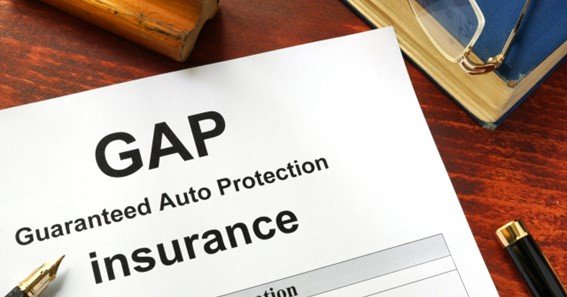Gap insurance, also known as Guaranteed Asset Protection, can be an essential coverage if you finance or lease a vehicle. It covers the gap between what your auto insurance will pay in the event of a total loss and what you owe on your car loan. However, there are several situations where gap insurance may not pay, and being aware of these can help you avoid surprises.
Situations When Gap Insurance Does Not Pay
- Partial Damage to the Vehicle
Gap insurance only covers total losses, meaning your car is either totaled or stolen. If your vehicle sustains partial damage, such as from a minor accident, gap insurance will not help. The repair costs must exceed the car’s value for gap insurance to be applicable. - Policy Lapses
If your gap insurance policy is no longer active due to missed payments or policy cancellations, it will not cover a loss. Ensure that your policy remains active and that premiums are paid on time to maintain coverage. - Negative Equity from Previous Loans
If you roll over a balance from a previous loan into your new vehicle loan, gap insurance will not cover this negative equity. It only pays the difference between your current car’s value and the loan balance, not additional amounts from previous loans. - Extended Warranty or Add-Ons
Gap insurance does not cover any additional warranties, service contracts, or maintenance plans that you may have added to your vehicle loan. These are considered optional coverages, and you will need to pay for these out-of-pocket. - Intentional Damage or Fraud
If damage to the vehicle is found to be intentional, or if fraudulent claims are made, gap insurance will not pay. Insurance companies have strict policies regarding fraud, and claims can be denied if there’s evidence of intentional damage. - Non-Covered Incidents
Gap insurance does not cover certain incidents like mechanical failures, routine wear and tear, or missed car payments. It’s also important to note that gap insurance won’t cover the comprehensive or collision deductibles you may be responsible for during a claim.
How to Avoid Gap Insurance Denials
- Keep Your Policy Active
Ensure that your gap insurance premiums are paid on time and that the policy remains active throughout the period of your vehicle loan. A lapse in coverage could result in a denied claim. - Understand Your Policy Limits
Many gap insurance policies have limits, typically covering up to a certain percentage of the vehicle’s actual cash value (ACV). Review your policy carefully to understand these limits and ensure that your coverage meets your needs. - Be Aware of Loan Rollovers
Avoid rolling over negative equity from previous loans into your new car loan, as this is not covered by gap insurance. If you must do so, consider paying off as much of the previous loan as possible to minimize the gap.
FAQ
- When does gap insurance not pay?
Gap insurance does not pay for partial losses, non-covered incidents like mechanical failures, or if the policy is inactive due to missed payments. - Does gap insurance cover a deductible?
No, gap insurance does not cover your comprehensive or collision deductible. You will still be responsible for paying this amount in the event of a claim. - Can gap insurance deny a claim?
Yes, gap insurance can deny claims for reasons like policy lapses, intentional damage, or if the vehicle is not a total loss. - Does gap insurance cover negative equity from a previous loan?
No, gap insurance does not cover negative equity from a previous loan. It only covers the gap between the current vehicle’s value and the loan balance. - Is gap insurance required?
Gap insurance is not legally required, but it is often recommended for drivers who owe more on their car than its current market value.
By understanding when gap insurance does not pay, you can better protect yourself and avoid financial surprises.










